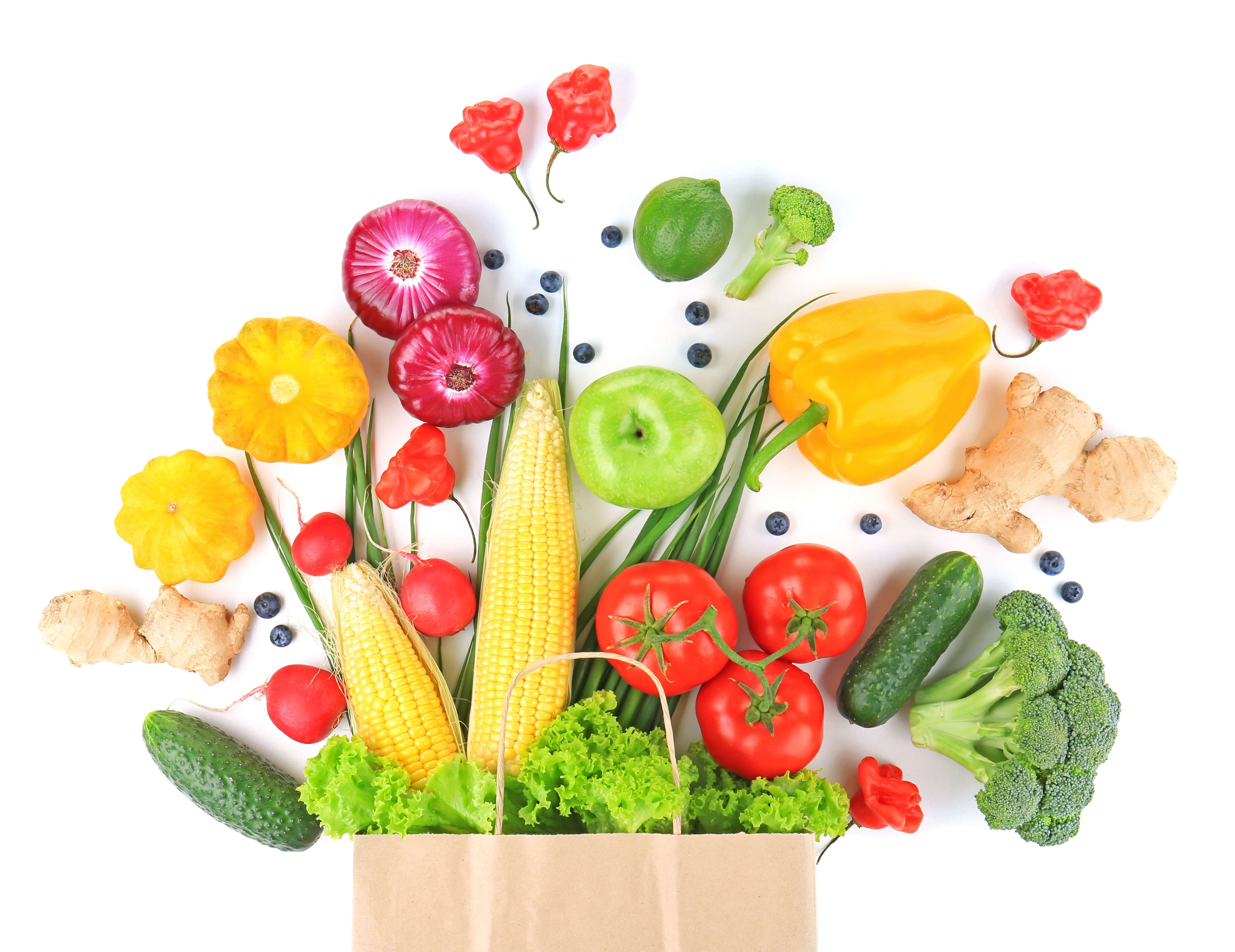Ever since the Whole30 diet hit the scene in 2009, people have been trying this 30-day diet plan to get back on track and maybe even lose weight. But like any other diet, there’s no one-size-fits-all, so it’s a good idea to know the ins and outs of the Whole30 to decide if it’s right for you. Let’s get started.
According to the author and creator of Whole30, Melissa Hartwig, “You can think of the Whole30 as pushing the reset button with your health, your habits and your relationship with food.”
So, the Whole30 isn’t just about dieting. It’s also about changing your lifestyle, and for some it’s a program that requires a lot of discipline.
For one thing, you have to eliminate lots of foods that might be staples in your diet. Foods like, dairy, grains, alcohol, legumes and added sugar are all forbidden in the Whole30. And that can be a huge dietary shift for some.
But why cut out these food groups? According to the Whole30, these foods can trigger health problems for you. So, to allow your body a chance to reset and detox, you must eliminate them completely. If you “cheat”, it’s recommended that you start your 30-day reset all over again.
What foods can you eat on the Whole30 diet? Here’s a quick roundup:
- All vegetables
- Fruits, in moderation
- Unprocessed meats
- Seafood
- Eggs
- Nuts
- Seeds
- Olive and coconut oils, as well as ghee ( a form of clarified butter)
- Coffee
As you can see, you can actually eat lots of foods on the Whole30, but it will require lots of meal prep and planning ahead so that you can avoid the forbidden foods, while still getting a balanced diet.
Since the Whole30 is restrictive and leaves little room for error, it might deter people from sticking it out and reaping any potential benefits. But one thing’s for sure, it does give you a chance to eat more fruits and vegetables and that’s always a good thing.




